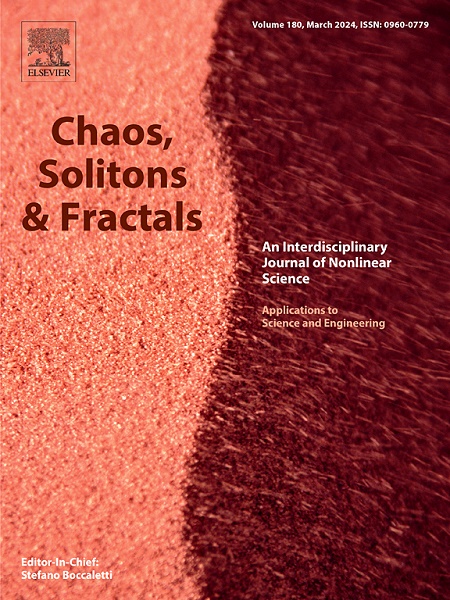常规车辆与网联车辆环境下多相混合流模型中恶意网络攻击对干扰过渡的影响
IF 5.3
1区 数学
Q1 MATHEMATICS, INTERDISCIPLINARY APPLICATIONS
引用次数: 0
摘要
在政策的推动和技术的进步下,加快车联网的推进并将其不断细化,从而实现车与车、车与基础设施、车云的实时通信,为车联网提供更丰富的数据;但是,大规模普及是一个漫长的过程,在此期间,普通车辆(rv)和联网车辆将共享道路基础设施。针对两类车辆外生信息获取方式存在显著差异,并考虑到后者在开放式车间通信环境中发挥信息共享优势时容易受到黑客的网络攻击。在此基础上,对最优速度汽车跟随模型进行了扩展,提出了考虑恶意网络攻击效应的原始混合流模型,并引入了多阶段最优速度函数来描述实际交通中的不连续加速现象。在线性稳定性分析部分,我们采用约简摄动方法计算了新模型的稳定性要求,结果表明,cv的渗透率和网络攻击的强度对流量动态有很大的影响,并且过渡阶段的阶段数高度依赖于最优速度函数中拐点的数量;随后,在非线性分析部分,建立了修正的Korteweg-de Vries (mKdV)方程,以说明当不满足稳定准则时交通阻塞的出现和时空进展。最后,数值模拟结果支持了上述理论论点。本文章由计算机程序翻译,如有差异,请以英文原文为准。
Effect of malicious cyber-attack on jamming transition in a multi-phase mixed flow model under regular vehicles and connected vehicles environment
With the promotion of policies and technological progress, accelerate the advancement of Internet of Vehicles (IOVs) and refine it considerably, and then the real-time communication of vehicle-vehicle, vehicle-infrastructure and vehicle cloud will be realized, which will provide more abundant data for connected vehicles (CVs); however, the large-scale popularization of the vehicle was a drawn-out procedure, and regular vehicles (RVs) and connected vehicles will share road infrastructure within this duration. Aiming at the significant distinctions in exogenous information acquisition mode between the two types of vehicles, and considering that the latter is vulnerable to cyber-attacks from hackers when it plays the advantage of information sharing in an open workshop communication environment. Motivation by this, we extended the optimal velocity car-following model and provided an original mixed-flow model accounting for the malicious cyber-attack effect, moreover, introducing a multi-phase optimal velocity function to describe the discontinuous acceleration phenomenon in real traffic. In the linear stability analysis part, we employ the reductive perturbation approaches to figure out the stability requirement for the new model, which reveals that the permeability of CVs and the intensity of cyber-attacks have a substantial influence on the traffic dynamics, and the number of phases of transition stages highly dependent on the count of the turning points in the optimal velocity function; subsequently, in the nonlinear analysis part, the modified Korteweg-de Vries (mKdV) equation is developed to illustrate the emerge and spatiotemporal progression of traffic jams when stability criteria is not achieved. At last, the above theoretical arguments are supported by the numerical simulation results.
求助全文
通过发布文献求助,成功后即可免费获取论文全文。
去求助
来源期刊

Chaos Solitons & Fractals
物理-数学跨学科应用
CiteScore
13.20
自引率
10.30%
发文量
1087
审稿时长
9 months
期刊介绍:
Chaos, Solitons & Fractals strives to establish itself as a premier journal in the interdisciplinary realm of Nonlinear Science, Non-equilibrium, and Complex Phenomena. It welcomes submissions covering a broad spectrum of topics within this field, including dynamics, non-equilibrium processes in physics, chemistry, and geophysics, complex matter and networks, mathematical models, computational biology, applications to quantum and mesoscopic phenomena, fluctuations and random processes, self-organization, and social phenomena.
 求助内容:
求助内容: 应助结果提醒方式:
应助结果提醒方式:


